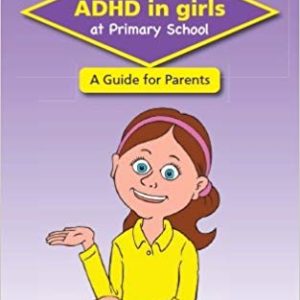Edited by Robert L. Hendren, D.O.
In the past, disruptive behavior disorders were often attributed to a lack of willpower or general “badness” in children and adolescents. Research now points to unique neurodevelopmental underpinnings for these disorders. Neuroimaging, genetic studies, and other neurobiological advances have furthered our understanding of these common and frequently debilitating disorders and have led to new treatment and prevention efforts.
Disruptive Behavior Disorders in Children and Adolescents comprehensively reviews current research and clinical observations on this timely topic. The authors look at attention-deficit/hyperactivity disorder (ADHD), conduct disorder, and oppositional defiant disorder, all of which are common among youths and often share similar symptoms of impulse control problems.
The book begins with a review of cutting-edge research on the diagnostic, epidemiological, and biological aspects of ADHD and state-of-the-art pharmacological treatments for this common disorder. Recent research on the important role that biological and environmental factors play in conduct disorders is then presented. The important factors in diagnosing oppositional defiant disorder are reviewed as well as practical guidelines and treatment options for clinicians working with patients with this disorder.
This book points out the similar biopsychosocial and developmental underpinnings and describes the comorbidity of substance abuse and aggressive behavior with disruptive behavior disorders. It examines research connecting ADHD and bipolar disorder and discusses the possible reasons for the association of violence and mental illness in youth. This book enhances our understanding of the etiology of these disorders and effective treatment approaches for them, including psychopharmacological interventions.
Helpful in exploring the effects of comorbidity, resilience, and environmental protective factors, this comprehensive guide will be valuable to clinicians and families in designing effective prevention and treatment programs.





Reviews
There are no reviews yet.